What is a Battery Control Module? (Function Explained)
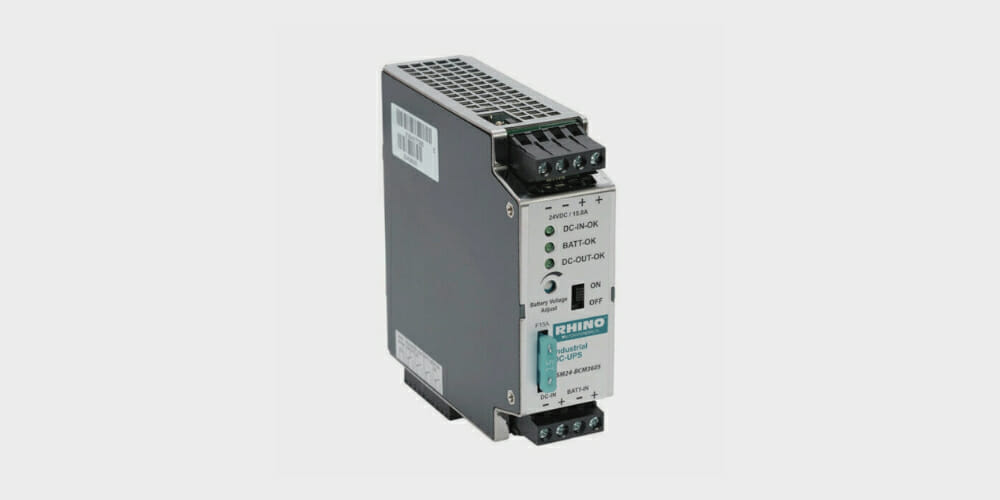
The Battery Control Module (BCM) stabilizes a vehicle’s electrical system.
It monitors the vehicle battery’s state of charge (SOC), indicating the energy available. The BCM specifies the required charging current to charge the battery using this information. It maintains the charge level at 80% by reducing the charging current when the battery overheats.
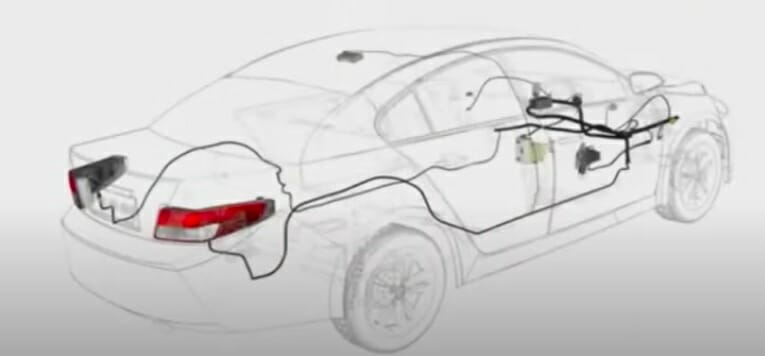
A BCM can also be programmed to simplify the wiring harness, combine the monitoring functions in a single control unit, and record data. In short:
A battery control module measures battery temperature and voltage to equalize the battery charge state. Lower-voltage batteries receive more charging voltage, and less-resistive batteries capable of faster charging receive slightly lower current.
Types of BCM
| Type of BCM | Description |
|---|---|
| Passive BCM | A basic BCM that monitors the voltage and temperature of the battery and can disconnect the battery in the event of an overcharge or overheating. |
| Active BCM | An advanced BCM that actively manages the battery, using algorithms to control charging and discharging to maximize battery life and performance. |
| Integrated BCM | A BCM that is integrated into the battery pack, providing more precise monitoring and control of individual battery cells or modules. |
| Distributed BCM | A BCM that is integrated into the battery pack provides more precise monitoring and control of individual battery cells or modules. |
| Wireless BCM | A BCM that uses wireless communication to transmit battery information to the vehicle’s central control system. |
| Dual-Battery BCM | A BCM that manages high-voltage batteries used in hybrid and electric vehicles, ensuring the safety and optimal performance of the battery system. |
| Regenerative Braking BCM | A BCM manages the charging of the battery during regenerative braking, capturing energy that would otherwise be lost and using it to recharge the battery. |
| High Voltage BCM | A BCM that manages high-voltage batteries used in hybrid and electric vehicles, ensuring the safety and optimal performance of the battery system. |
BCM Location
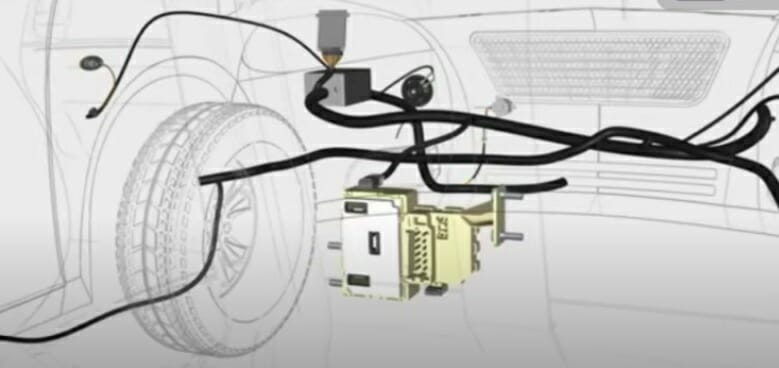
The BCM’s location depends on the type of battery in the vehicle.
Electric and hybrid vehicles may even have more than one. Unless combined, vehicles with more than one battery, such as large trucks, may also have multiple BCMs.
BCM for Recording
A BCM can record battery-related data.
It can usually record data for up to 100 driving and stationary cycles. The charging rate is positive in a driving cycle because it indicates a charging state, whereas it is negative in a stationary cycle. After all, the battery is gradually drained of power.
BCM Malfunctioning Symptoms
These symptoms will show if a BCM is malfunctioning:
- The dash-mounted warning light illuminates.
- The hybrid battery fails to charge or remains charged.
You should fix a malfunctioning BCM quickly because it can negatively affect the battery’s charge, making it drain quickly.
Examples of BCMs
BCM-0000-B
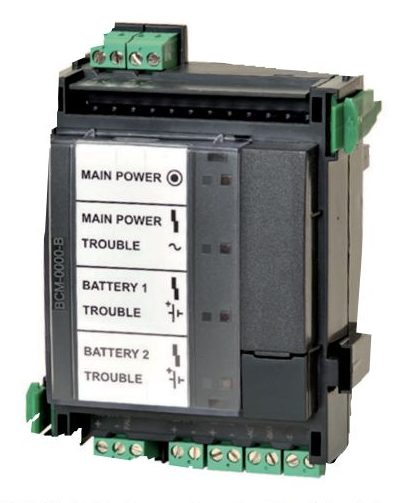
The BCM-0000-B monitors the entire control panel’s power supply comprising up to 4 batteries, based on temperature and time. It has 3 special functions:
- It can activate the LED test if you push the key.
- It starts charging if the voltage is between 18 and 21 volts and there is a mains power supply.
- It deactivates output if an error occurs.
The TSP-BCMU360 Series
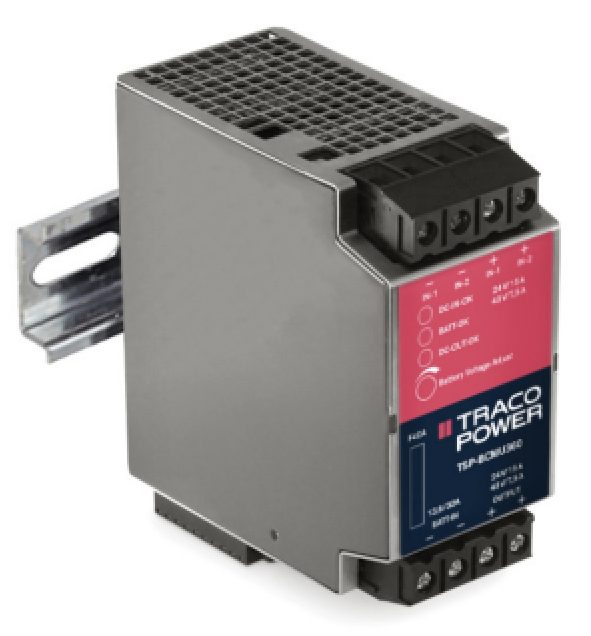
The TSP-BCMU360 is a universal BCM for uninterruptible 24- or 48-VDC bus voltage.
It offers redundant inputs for two independent sources; battery protection for short circuits, over-voltage deep discharge, and reverse connection; alarm; and temperature-controlled charging.
FAQs
Are Battery Control Modules Only For Electric Vehicles?
No, Battery Control Modules (BCMs) are not only used in electric vehicles. While they are commonly used in hybrid and electric vehicles to manage the battery pack, BCMs can also be found in conventional vehicles with traditional internal combustion engines.
In these vehicles, the BCM typically performs basic functions such as monitoring the battery’s state of charge, regulating the alternator output, and controlling the vehicle’s electrical systems.
However, in hybrid and electric vehicles, the BCM is a critical component that manages the battery system and plays a crucial role in ensuring the vehicle’s performance, efficiency, and safety.
References
Cover image (PSM24-BCM360S). https://www.automationdirect.com/adc/shopping/catalog/power_products_(electrical)/dc_power_supplies/specialty_modules/psm24-bcm360s
CM-0000-B Battery controller module. https://resources-boschsecurity-cdn.azureedge.net/public/documents/BCM_0000_B_Battery_c_Data_sheet_enUS_91832213131.pdf.
TSP-BCMU360 series. https://www.tracopower.com/products/tsp-bcmu.pdf.
Gus Wright & Owen C. Duffy. Fundamentals of medium/heavy duty commercial vehicle systems. Jones & Bartlett Learning LLC. 2019.
Video Reference
Automotive Engineering
